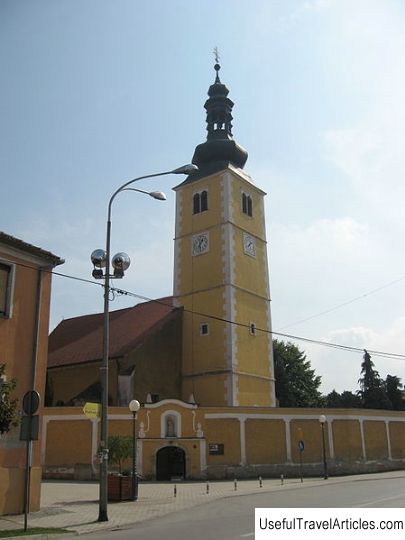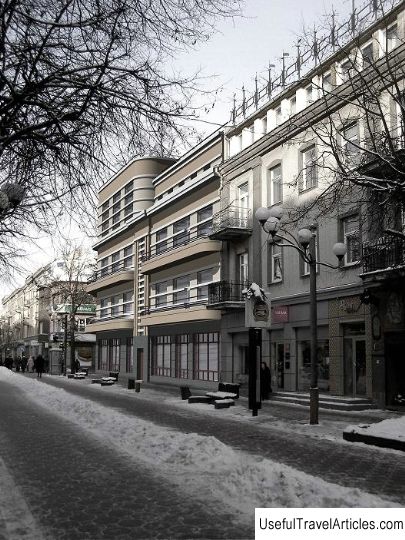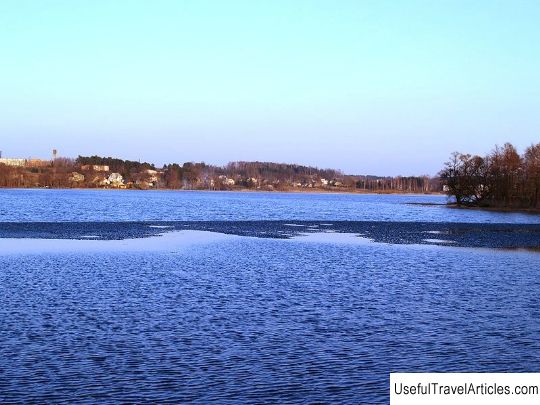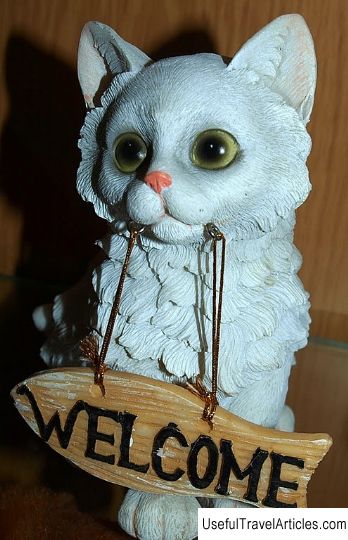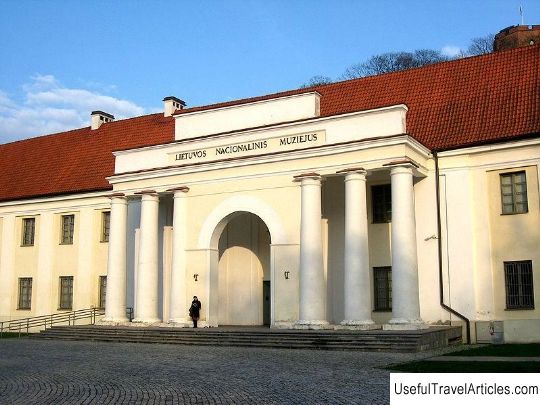Museum of the Zarasai region (Zarasu krasto muziejus) description and photo - Lithuania: Zarasai
Rating: 7,9/10 (4892 votes) 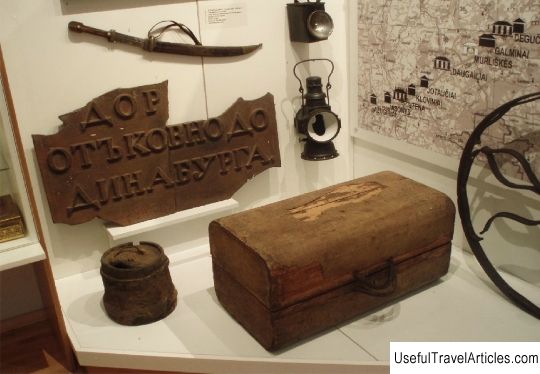
Museum of the Zarasai region (Zarasu krasto muziejus) description and photo - Lithuania: Zarasai. Detailed information about the attraction. Description, photographs and a map showing the nearest significant objects. The name in English is Zarasu krasto muziejus. Photo and descriptionThe Museum of the Zarasai Territory was opened in 1987. The museum collection is presented in several sections: literature, history, photography, art, ethnography, numismatics and folk art. The museum has expositions of sacred sculpture, an exhibition of the emigrant artist Mikas Shileikis is constantly presented. In addition, the museum presents a room of a well-to-do owner, exhibits items of handicrafts, labor and everyday life, such as: old beekeeping accessories and kitchen utensils, fishing accessories, looms and spinning wheels, samples of old clothes and fabrics. The museum has a collection of more than 11 thousand exhibits. In recent years, the exposition of the museum has been transformed and almost completely updated. The Zarasai Museum has an exposition on history, starting from the beginning of the 19th century and ending in 1940. It tells about the evolution of the development of the city of Zarasai, which began from the tsarist rule and up to 1940. The exposition is represented by exhibits showing the gradual development of agriculture, industry, education and culture. In addition, there is a description of public organizations and their activities in the period from 1918 to 1940. The ethnographic exposition is presented by crafts and the development of private business in the region: flax processing, fishing and agriculture. The arsenal includes woven products, various types of fabrics and carpentry. The museum also has a pantry, which has furniture and other interesting exhibits. If we talk about sacred sculpture, then the museum exhibits handicraft wood sculptures of crucifixes, saints, crosses, cemeteries and churches. The branches of the Zarasai Museum are: the Museum of Church Art in Stelmuz and the Memorial Museum of Kazimieras Buga in Dusetos. The Museum of Church Art in Stelmuz is located in the Church of the Holy Cross, which was built in 1650. The church is made of wood and assembled so that there are no nails at all. In 1808, the church passed into the hands of Catholics, becoming, accordingly, Catholic. Due to severe neglect, the Church of the Holy Cross was renovated in 1880. Inside the church, the wooden altar, pulpit and crucifix are beautifully decorated with wooden carvings. On the upper and lower parts of the pulpit, one can see excellent decorations, made by rows of carved leaves, located around the entire bas-relief. The twelve figures of the apostles are also admired. The roof over the pulpit is decorated with angels, which looks especially unusual and beautiful. It is known that some of the sculptures displayed in the museum were made by woodcarving craftsmen from the village of Venspillis as early as 1713. In the western part of the churchyard there is a wooden bell tower, built in two floors with beautiful and regular proportions. The bell tower was built in the middle of the 17th century. The bells for her were made in 1613. In 1873, the bell tower was subject to restoration and repair. In the nearby park there are ancient oaks, which are two thousand years old. At the very end of the park is the House of Slaves; it was in it that disobedient and rebellious peasants were kept, forced to work without compensation for the work done. Kazimieras Buga Memorial Museum is another branch of the Zarasai Museum. The museum was opened in 1973. In 2004, on November 18, a supplemented and renewed exposition of the museum was presented. The museum was opened in the homeland of the professor in the field of linguistics Kazimieras Buga (years of his life: 1879-1924). The popular and well-known educator advocated a complete and deep study of the Lithuanian language in Lithuania. Through the exhibition, one can learn the history of his life, the development of linguistic studies, as well as his participation in public activities. The museum exhibits books published by a linguist, as well as a manuscript of the dictionary of the Lithuanian language, photocopies of letters and manuscripts, photographs and personal belongings belonging to Kazimieras Bugi and his family members.       We also recommend reading Assumption Cathedral description and photos - Russia - Karelia: Kem Topic: Museum of the Zarasai region (Zarasu krasto muziejus) description and photo - Lithuania: Zarasai. |
